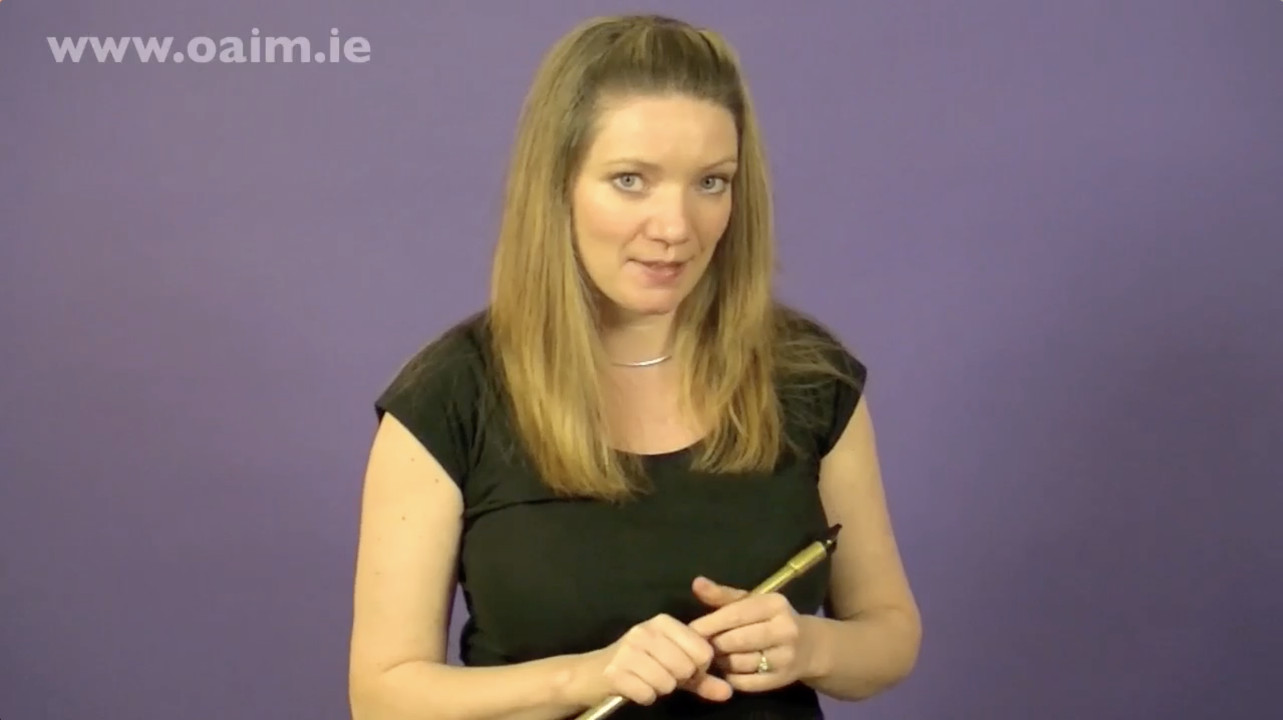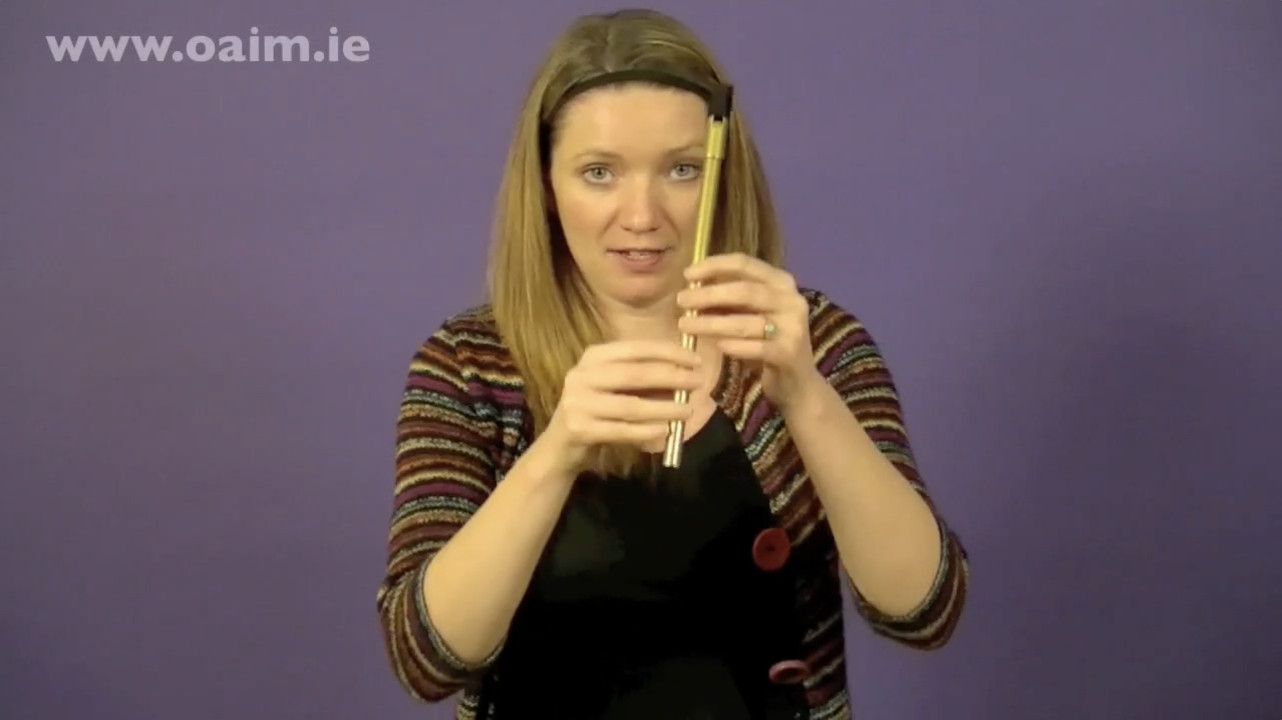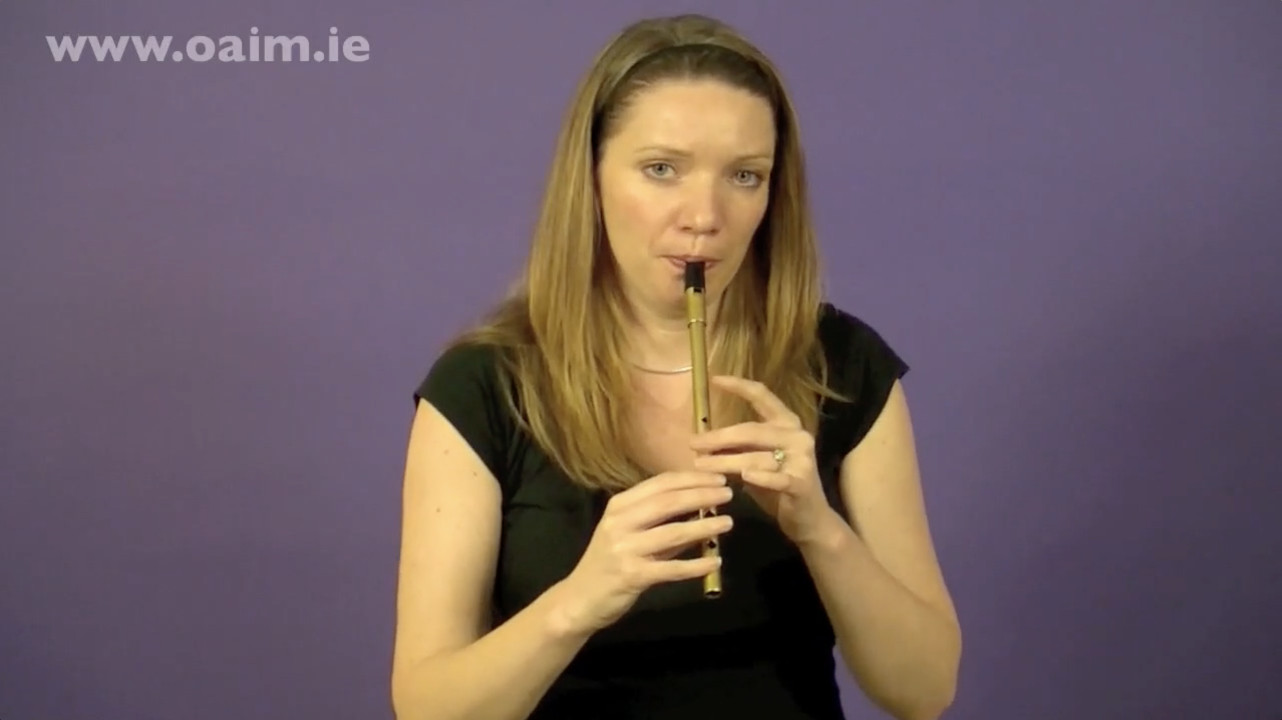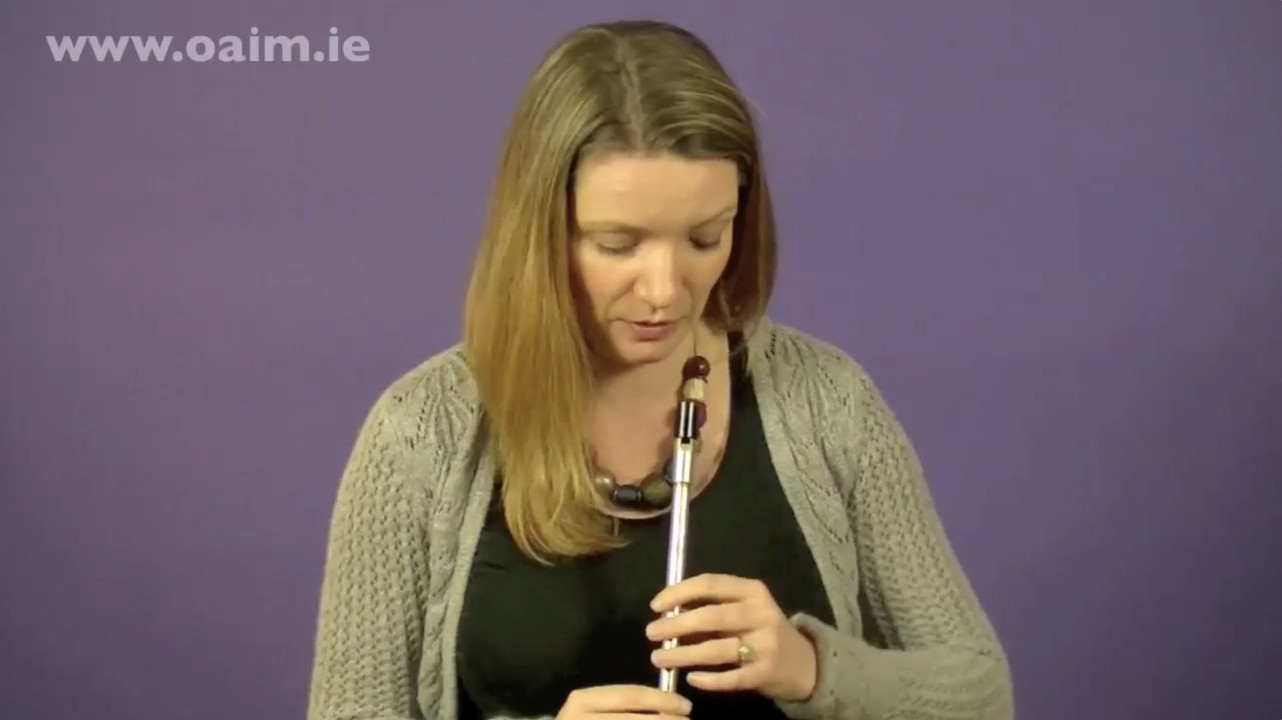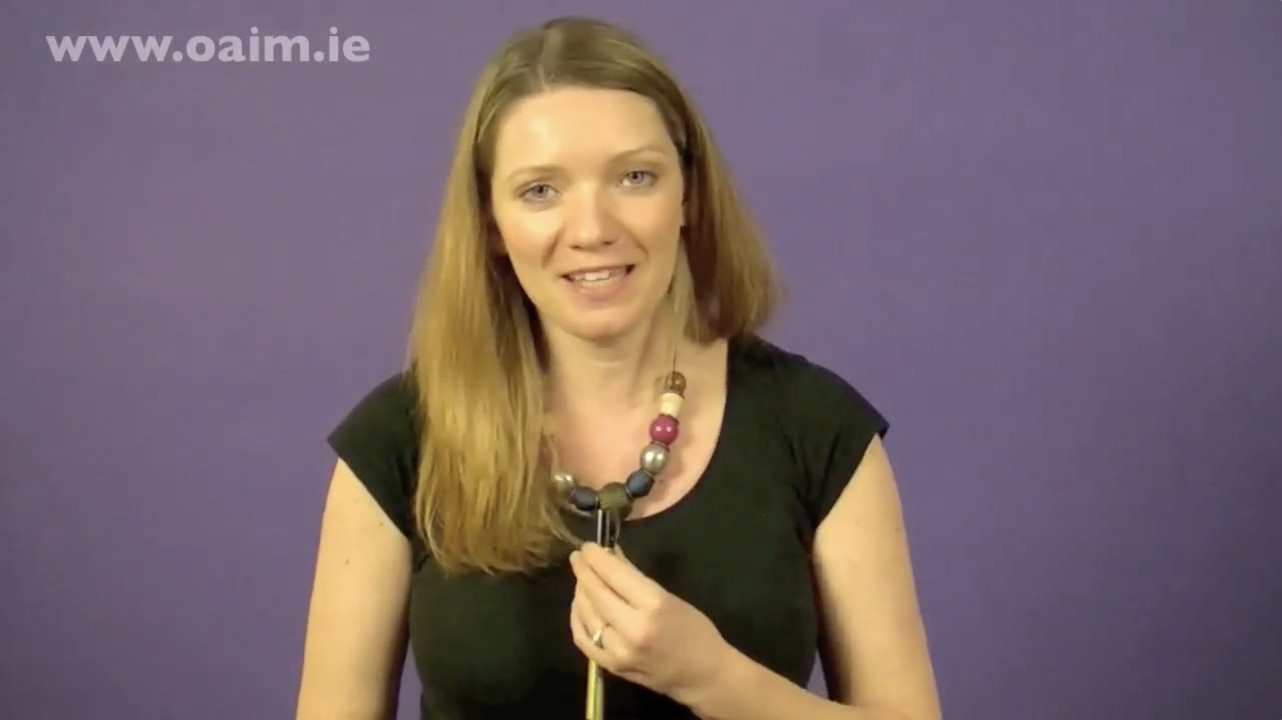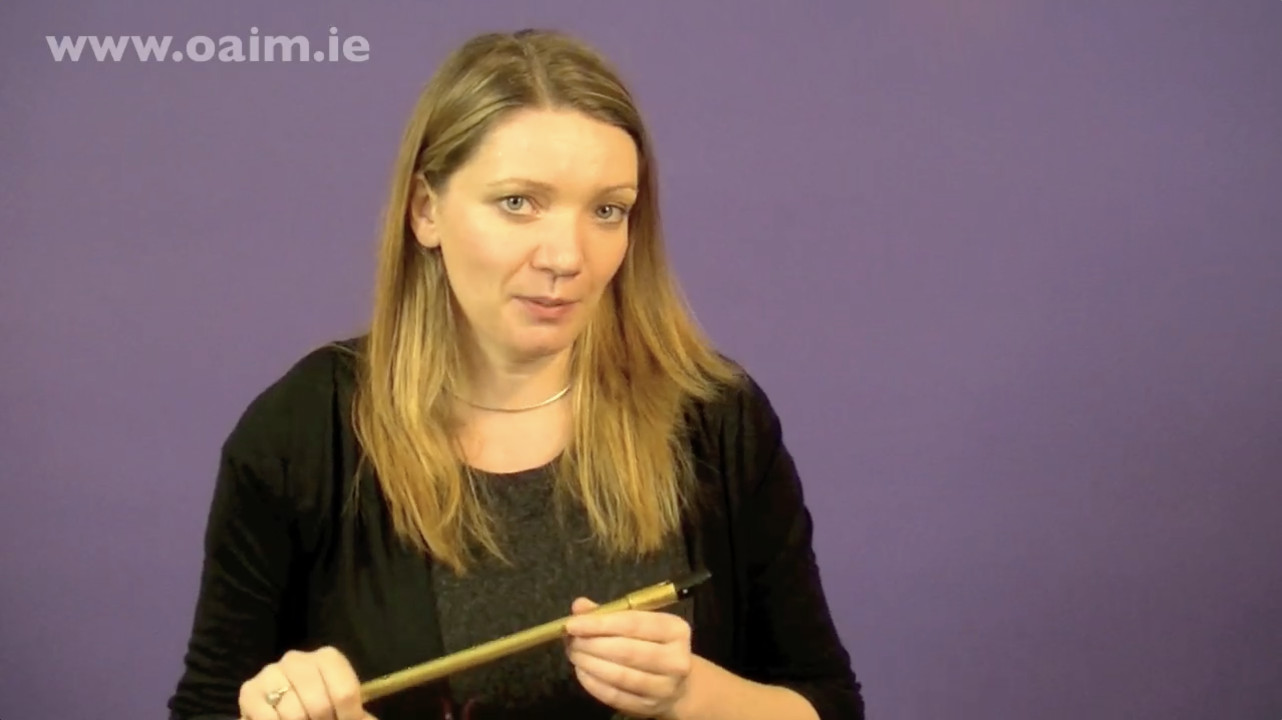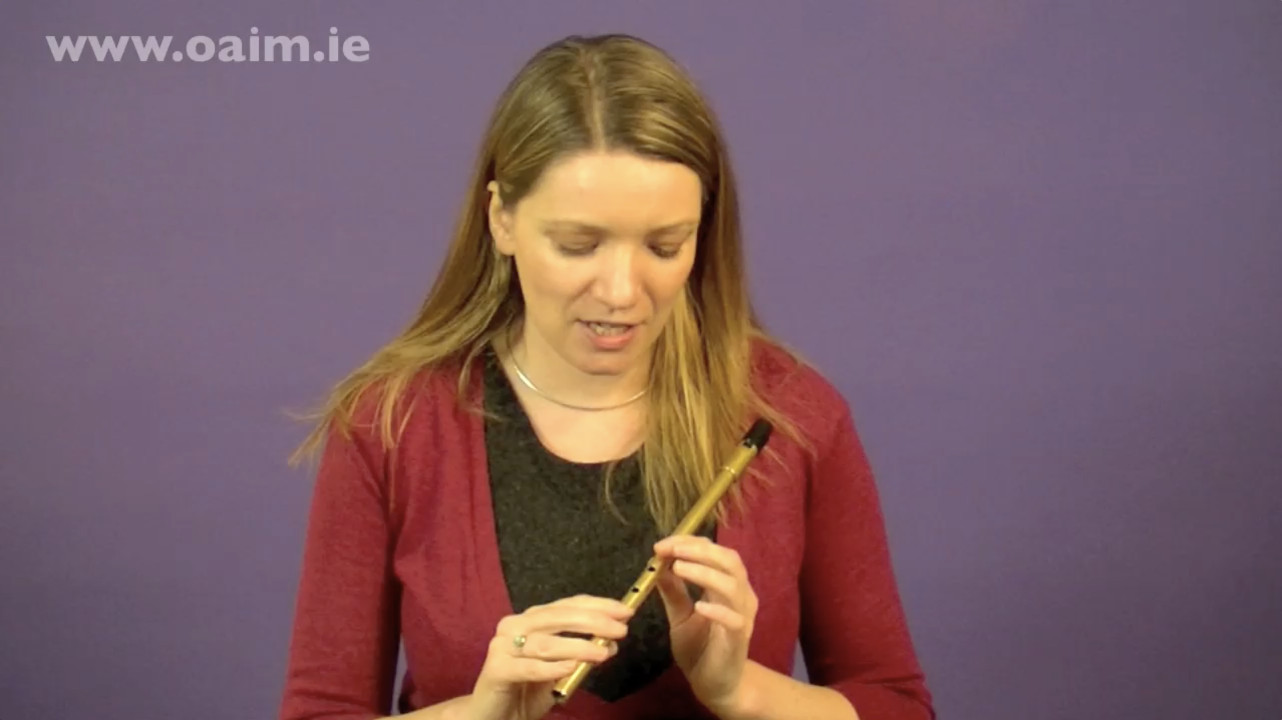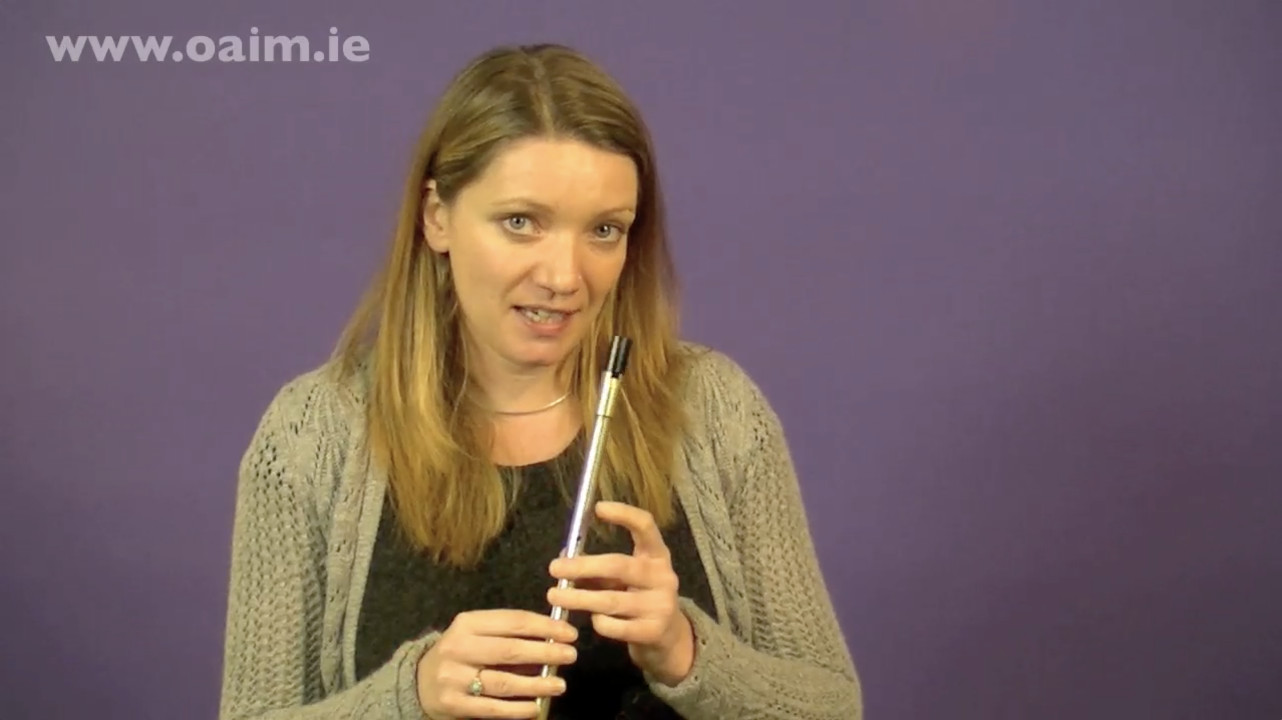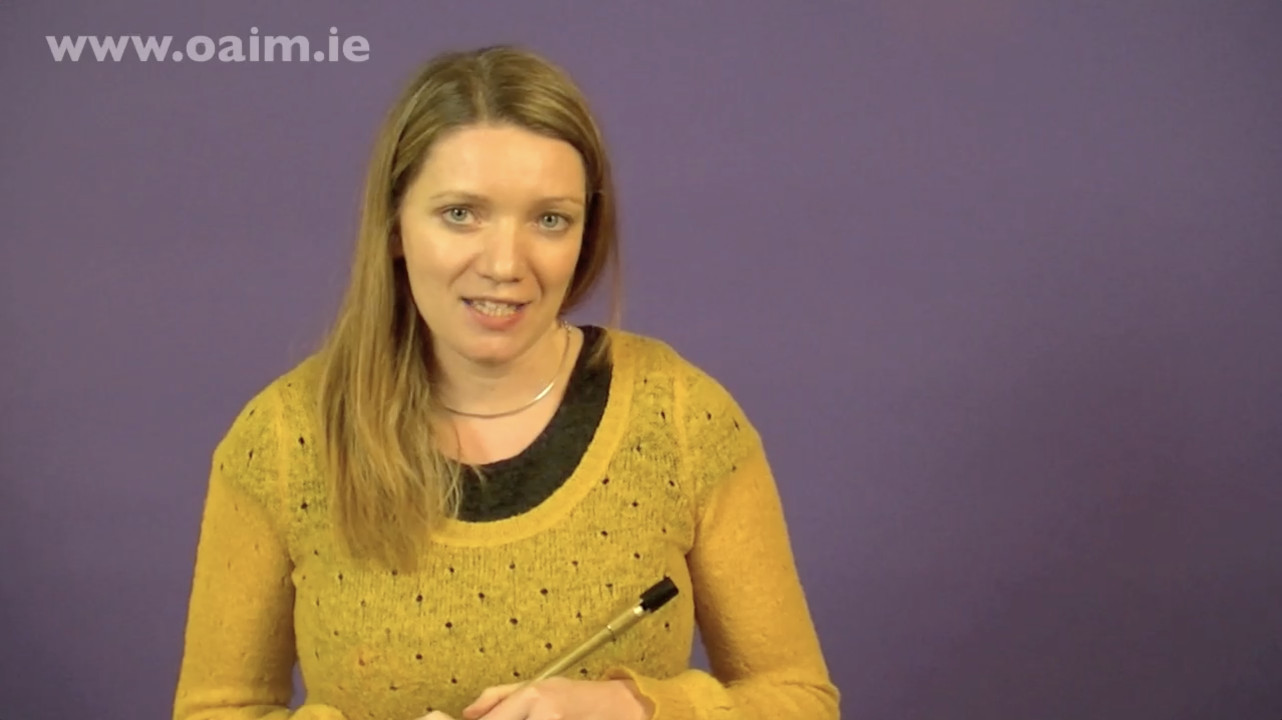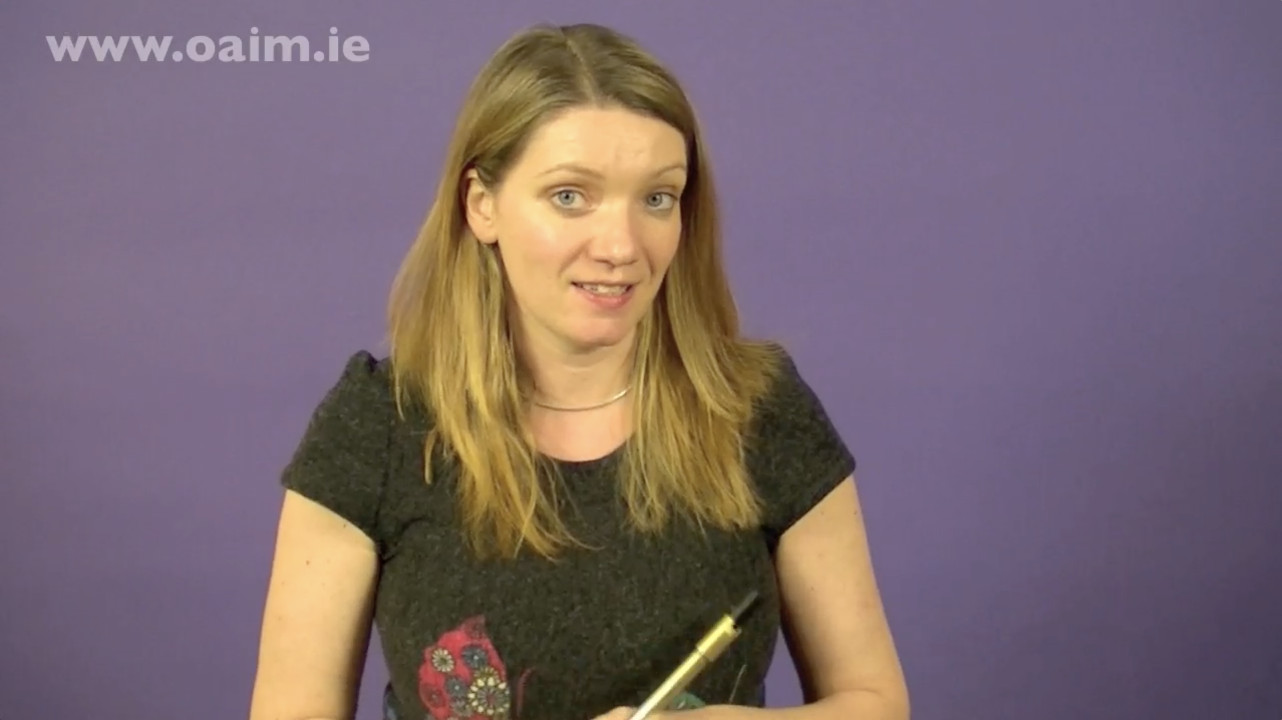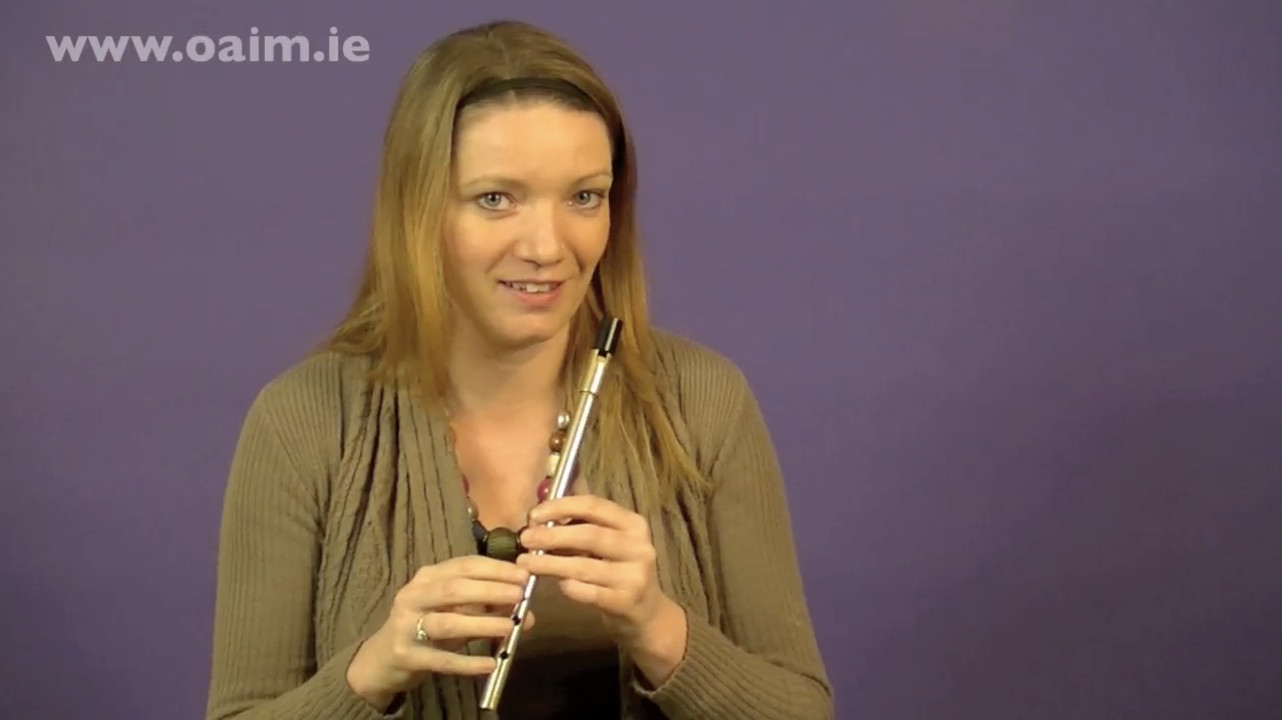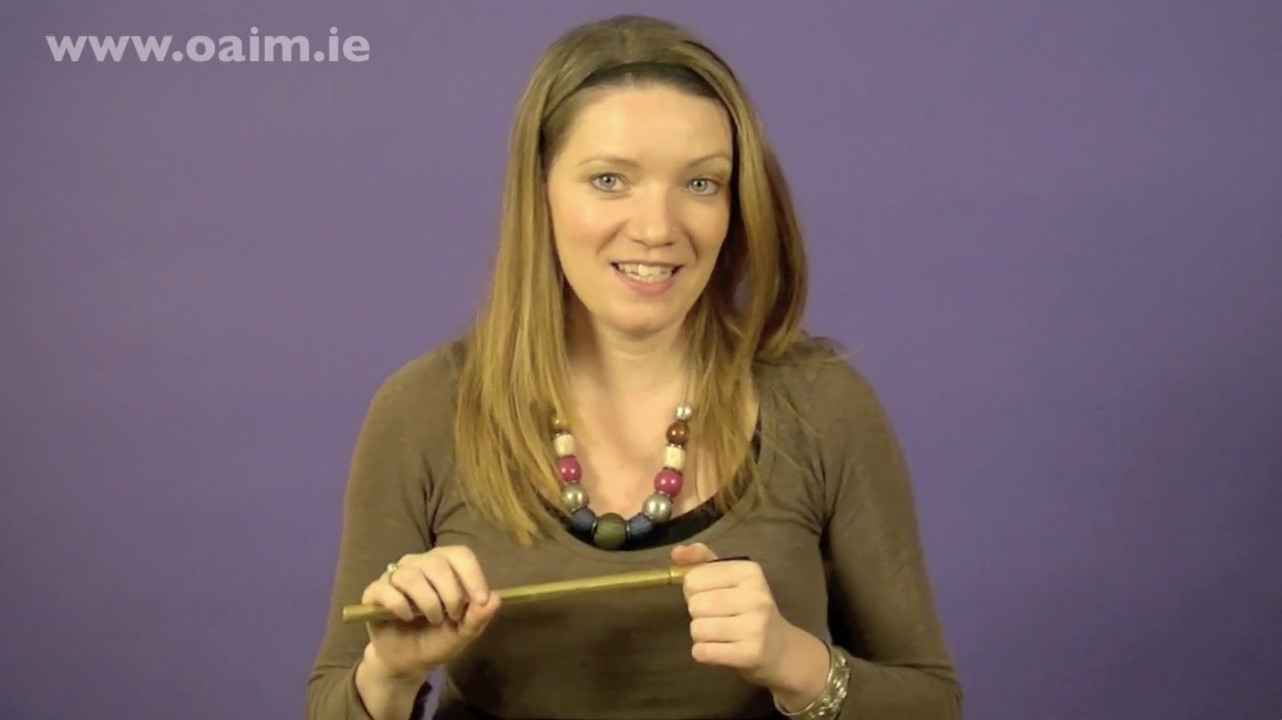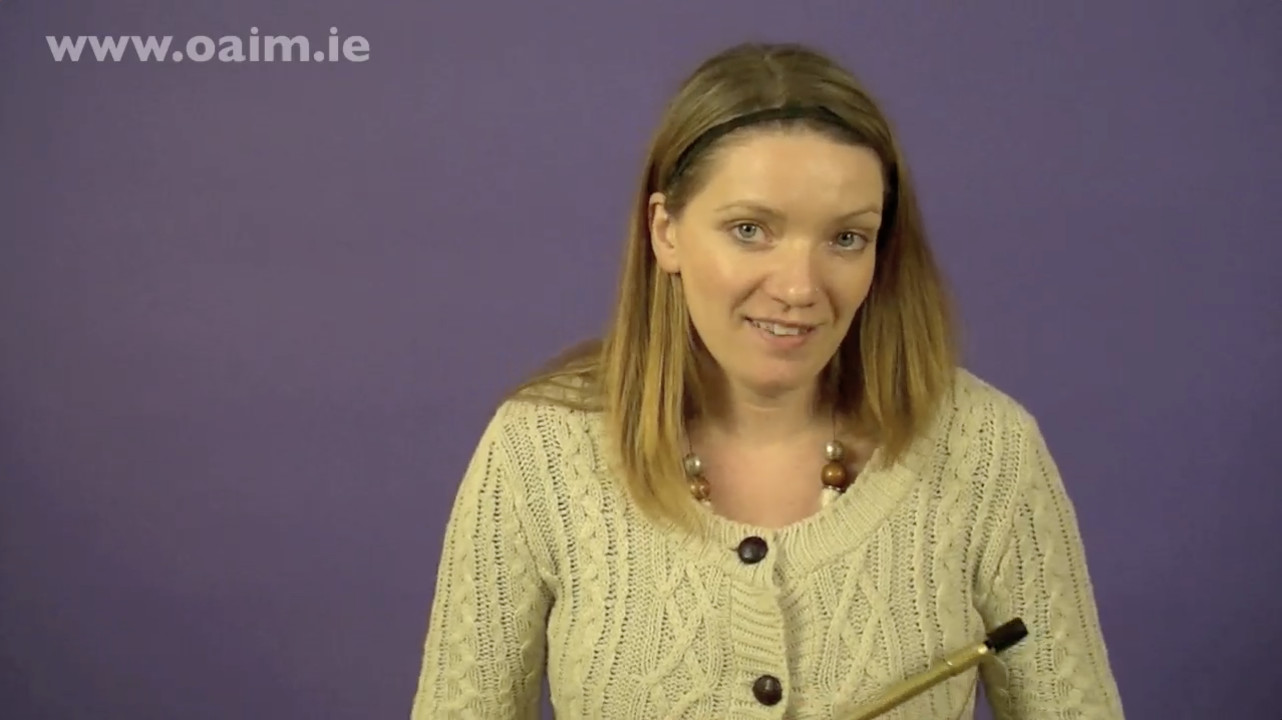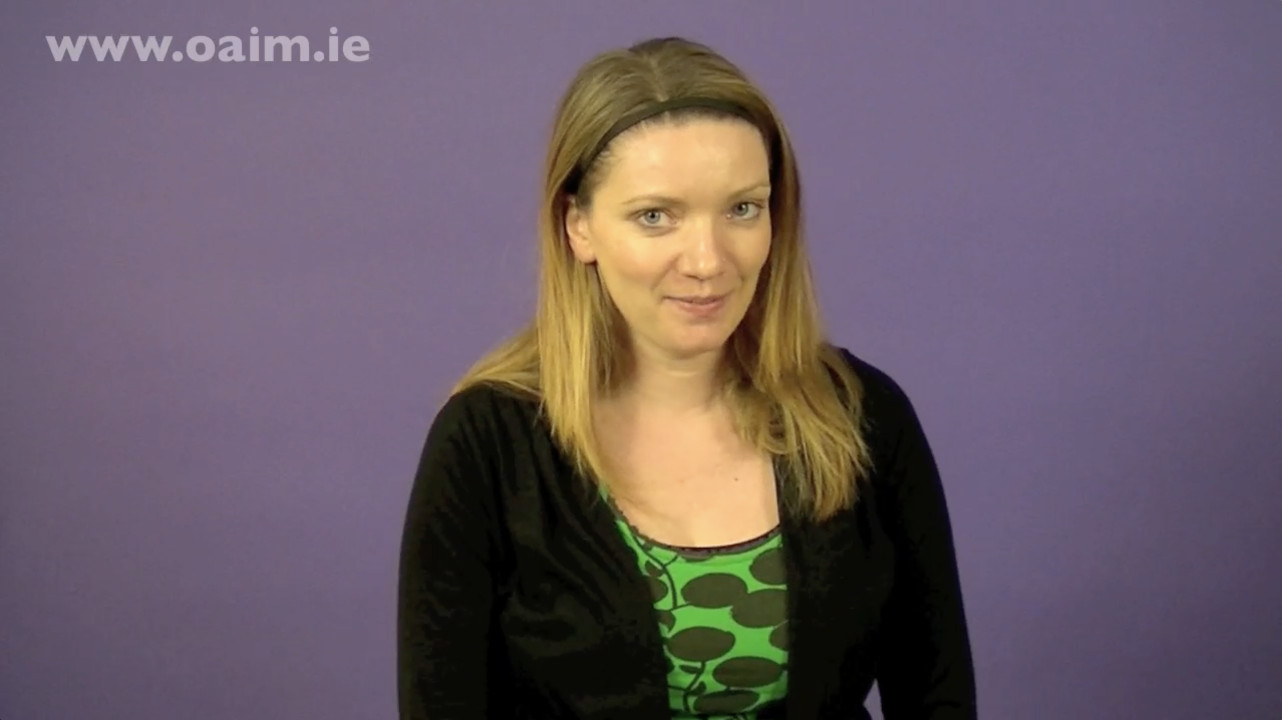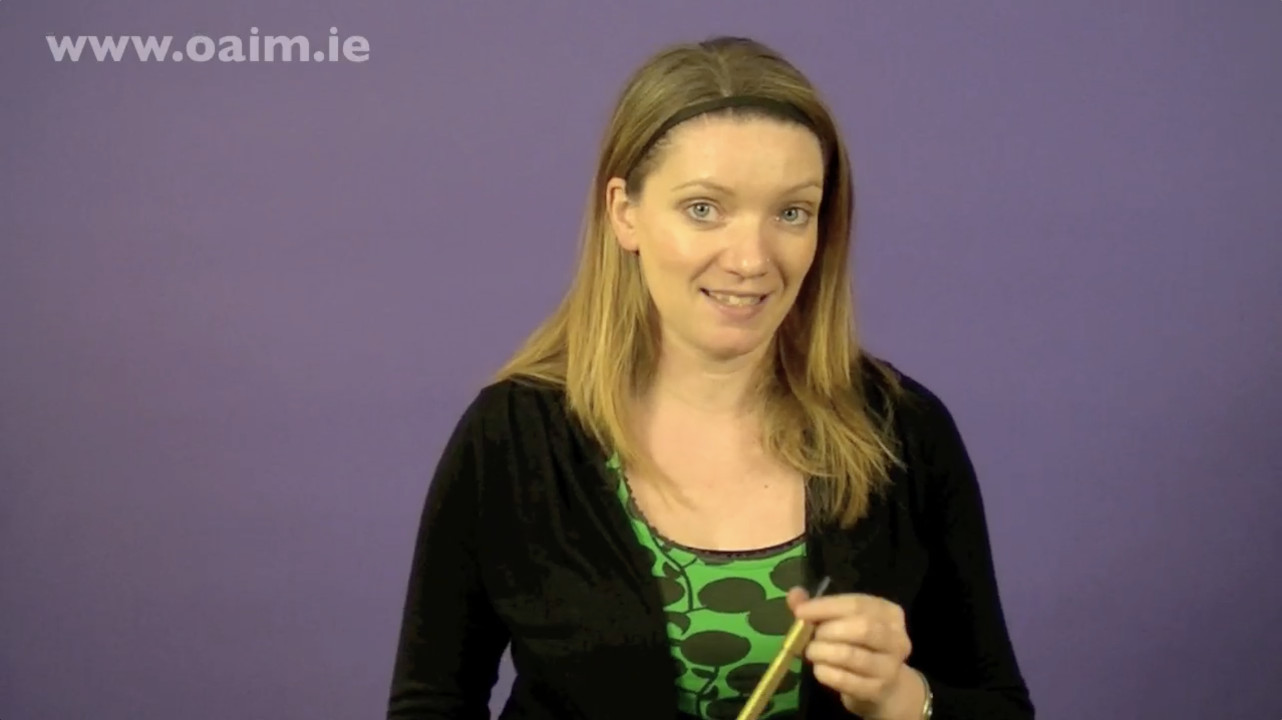Lernen 16 Beliebte Irische Traditionelle Melodien
The Tin Whistle is fun to learn and master, while offering a great opportunity to play Irish music with the least time and money investment. This Tin Whistle Basics course really has all you need to get started on the tin whistle. This course includes German subtitles.
By the end of the course you will have a repertoire of sixteen popular Irish session tunes, the ability to play cuts, taps and rolls, as well as a deeper understanding of the Irish music tradition. The course has 17 lessons, broken into 3 to 4 tutorials each, where tunes are taught phrase by phrase.
Try it for free, Cancel anytime
- 18 lessons teaching how to play 13 very popular Irish tunes
- PDF sheet music & mp3’s to download & keep for each tune
- Progress at your own pace, pause & repeat videos
- Access to 14 instruments, 60+ courses, 1000+ tutorials
- Access on all your devices
- 14-day free trial. Cancel anytime
BONUS!

- Access our Entire Course Catalogue for Every Instrument
- Library of over 150 popular Irish tunes to practice along with
- Virtual Reality Sessions for the unique Irish Pub Session experience – a real treat for the Irish music lover
- Community Forum of students and teachers, all friends with a love of Irish music


